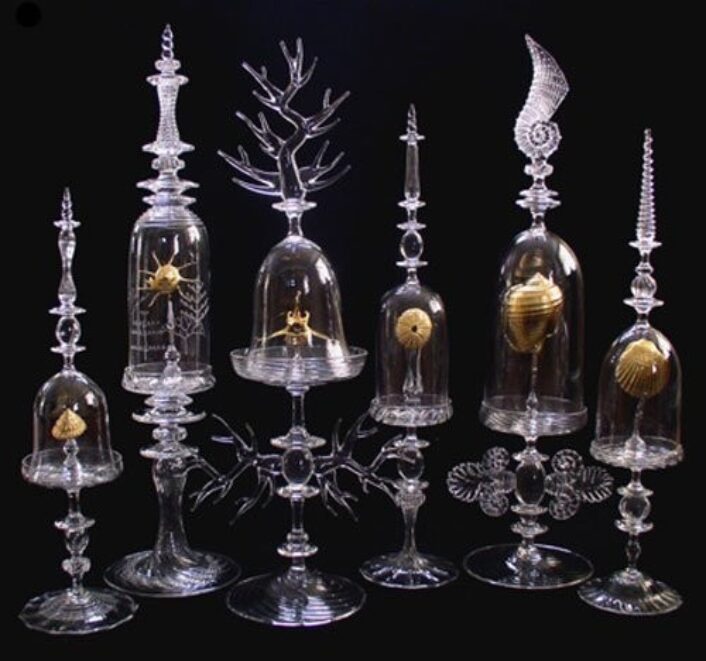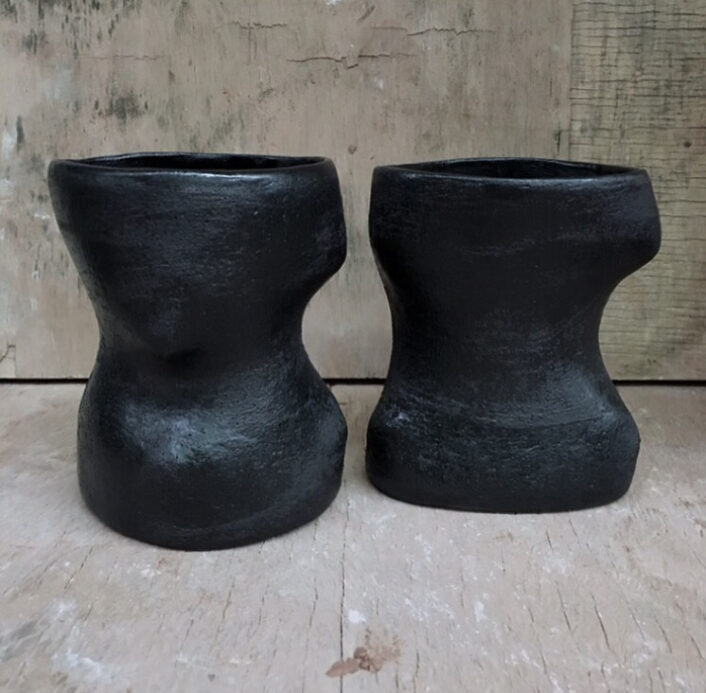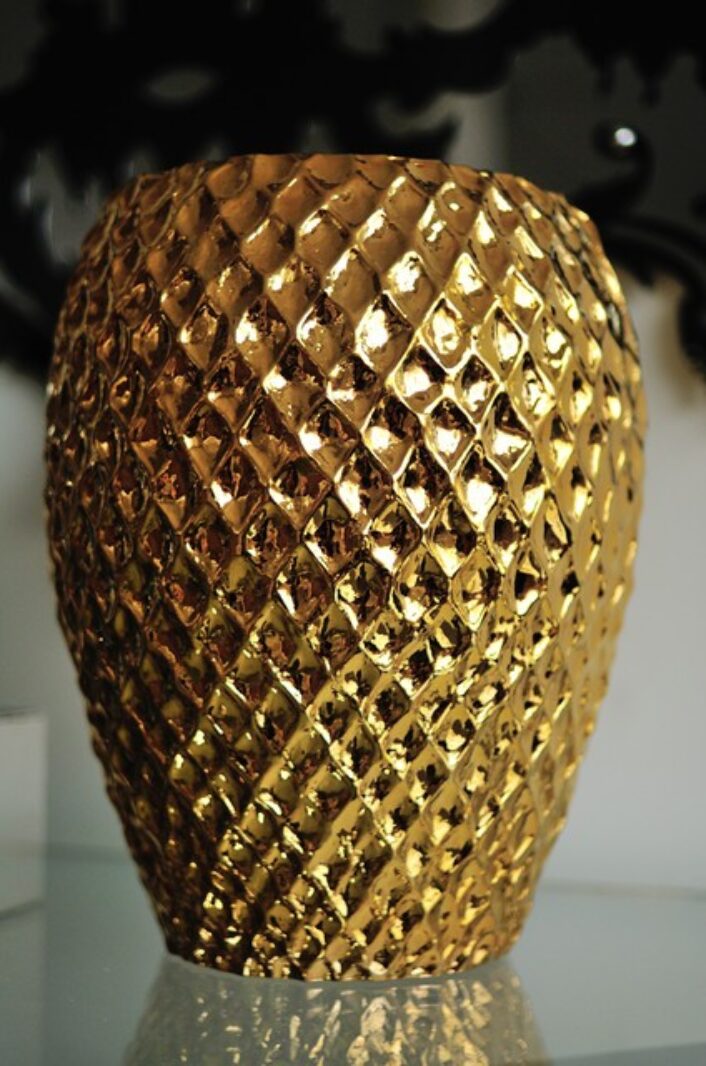Design
Omer Arbel
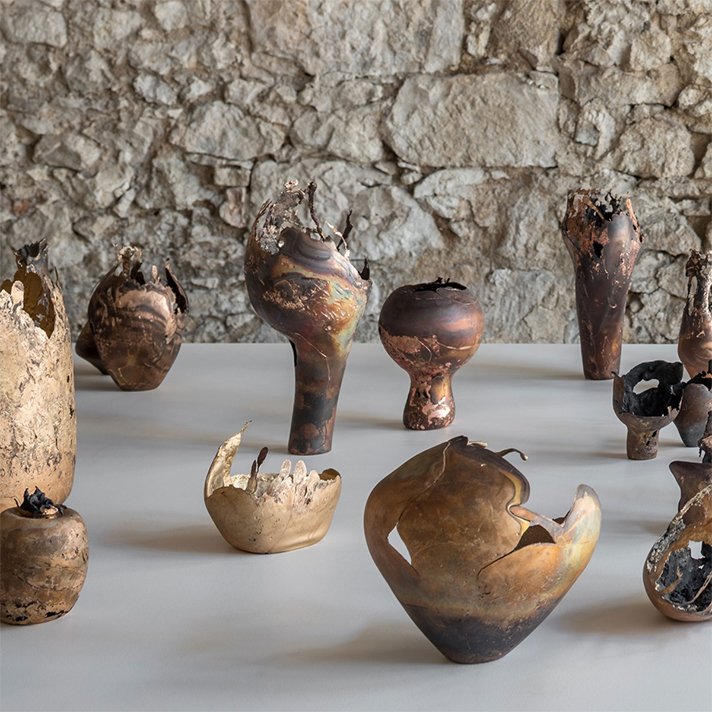
Pieces from Arbel’s autumn show at Carwan Gallery in Athens.
Image courtesy of: Yatzer, photographed by: Giorgos Sfakinakis
Omer Arbel is one busy man. The multidisciplinary artist and designer who is based in Vancouver is well versed in materials research, lighting design, site-specific installations, and he is also one of the co-founders of Bocci, a Canadian design and manufacturing company.
Arbel was born in Jerusalem to successful parents who moved to Canada when he was 13, in order to escape the region’s religious and racial tensions. Moving from a city filled with centuries-old buildings to Vancouver was eye-opening, and not knowing a word of English was challenging. However, this only made Arbel more determined to succeed. The designer went through a plethora of career options from historian to translator to stage actor. Eventually, he settled on architecture, a field that combines history, translation, and theatrics.
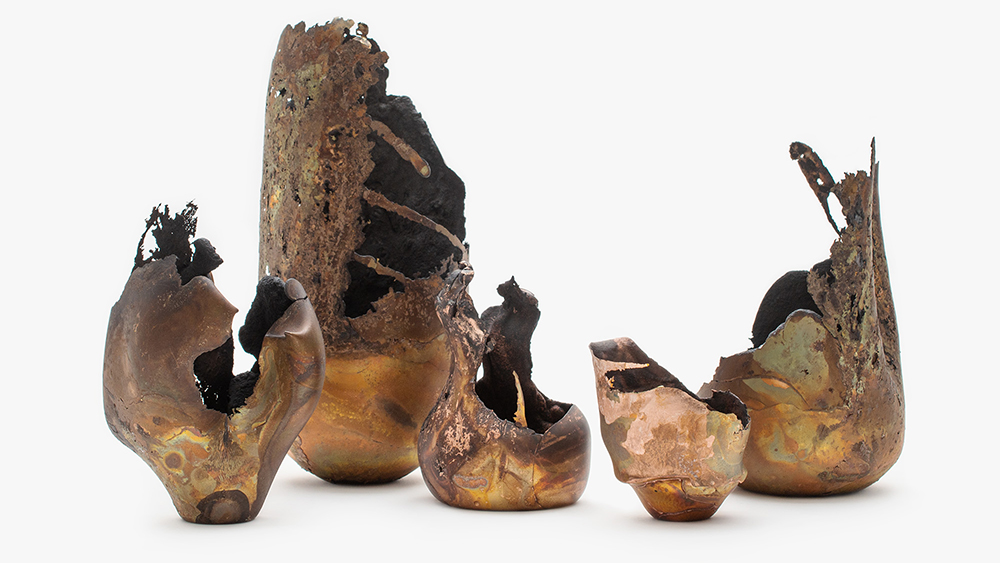
From 113th for the Carwan Gallery show in Athens. Arbel numbers rather than names each of his projects.
Image courtesy of: Robb Report, photographed by: Clifton Li
After apprenticing at several firms throughout Canada, Arbel began to design prototypes. He gradually developed his own process. Arbel became interested in making glass differently; he hired chemists to reformulate the materials and master glassblowers to shape it. Once that stage was completed, he poured a molten copper alloy into a newly-formed vessel. This action caused the metal to wash around the hot container. When both harden, the glass cracks and the changed chemical make-up causes it to fall off. Left behind is a frozen metal wave that appears as though it is caught mid-spatter inside an urn that has seemingly vanished. He says (courtesy of an interview with Helena Madden for Robb Report), “I wanted these pieces to, as much as possible, be a pure reflection of a chemical reaction. Materials are the artist here.”
The reaction is amazing because one side of the copper is exposed to the glass during the process while the other side is in open air. Thus, half of the final product oxidizes while the other part does not. The differences continue, one side is smooth while the other is coarse; one side is lustrous while the other is black.
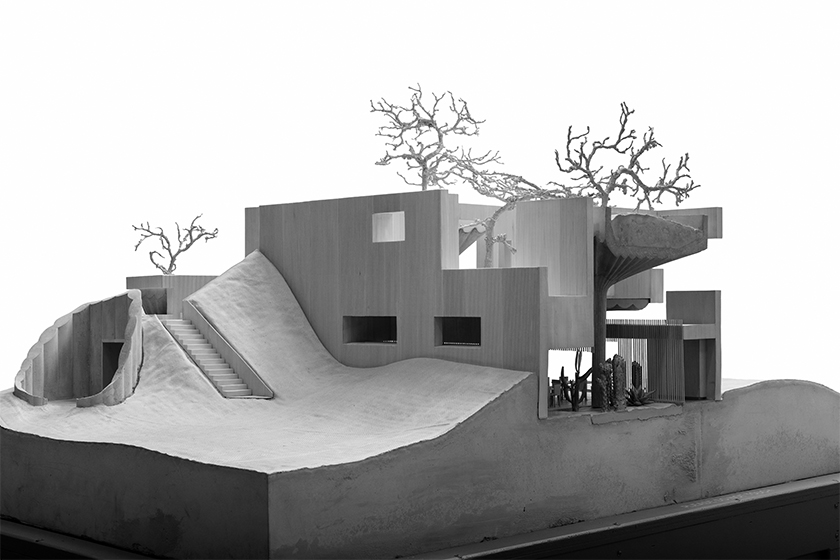
A model of “75.” The trumpet shape of each of column is hollow… this allows for mature trees on the inhabited roof-scape.
Image courtesy of: Omer Arbel
Even in their architectural projects, Arbel’s firm OAO works on developing experimental methods that come from the materials’ intrinsic properties. Whether those properties are physical or mechanical, the exploration brings about new possibilities.
Last year, a private client commissioned the firm to design a house on a hay farm in an agricultural suburb of Vancouver. The house, dubbed “75,” is a successful exploration of concrete pouring methods. Rather than using concrete as it is commonly used on a construction site, OAO sought to integrate a process that made use of the material’s sculptural abilities.
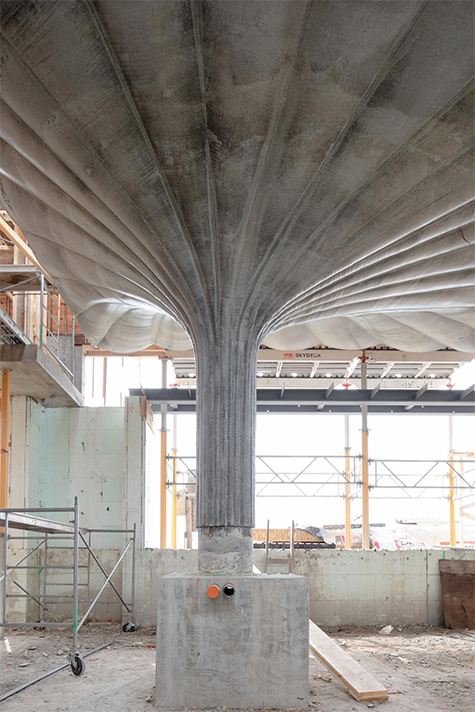
One of the nine lily pads, during construction.
Image courtesy of: Wallpaper, photographed by: Giovanna Dunmall
This unusual concrete forming process was able to make the nine ribbed “lily pads.” The method involves stretching sheets of geotextile between plywood ribs that are situated in a unique configuration on the foundation. Arbel says (courtesy of an interview with Giovanna Dunmall with Wallpaper), “Traditionally, concrete is poured in several lifts, allowing each to cure before the next is poured, however in our case this was impossible because of the risk of one lift seeping between the extents of the previous lift and the fabric. In collaboration with our engineer we developed a very slow continuous pour schedule, with the formula for the concrete adjusted so that it cures at the same slow rate as the pour. In this way the base of the stem gains enough strength throughout the duration of the pour to support the subsequent volume of fresh concrete higher up.”
The entire palate is muted… rather than contrasting the region’s frequent grey and rainy skies, timber and metal in shades of grey were used. Luckily, for three weeks a year, the flowering magnolia tress that were planted in the roof’s lily pads will bloom offering a wonderful flash of color.
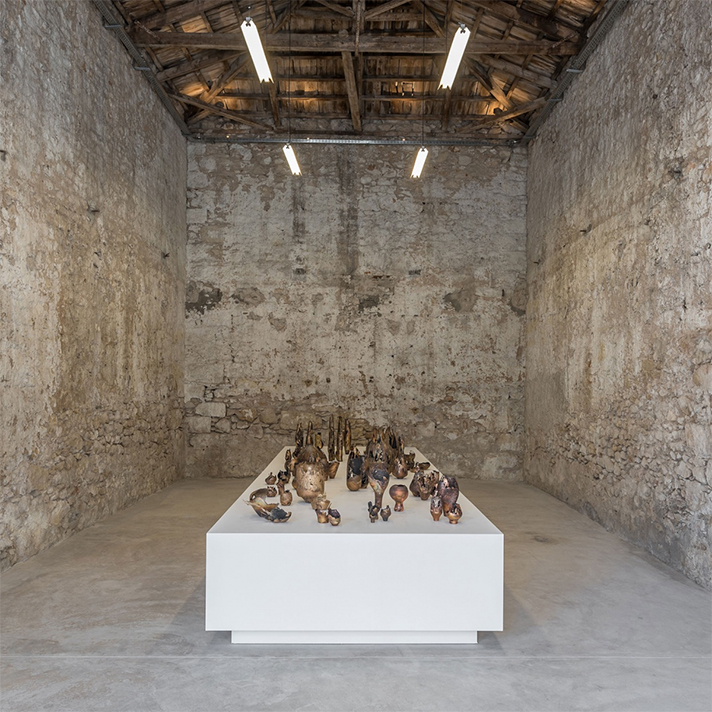
Arbel purposefully displayed the pieces on a large table in the middle of the gallery so that people could walk around them and observe them from all angles. The designer said (courtesy of an interview with Helena Madden for Robb Report), “They’re arranged in a way that I can only describe as being as intuitive as a constellation is. It’s not a grid, it doesn’t have any other order other than my own idea of which pieces look better than others.”
Image courtesy of: Yatzer
The premier show at Carwan Gallery’s Athen’s location was a showcase of more than seventy one-of-a-kind sculptural pieces. The contemporary design gallery originally opened in Beirut in 2010 and since its inception by Nicolas Bellavance-Lecompte and Quentin Moyse, the gallery has been spearheading the works of international designers.
With the inaugural exhibition of Arbel’s works, the opening of the Athens location in the city’s old port was bound to be a success. Arbel’s experimental pieces are a perfect compliment for this locale in a former 19th-century commercial warehouse with high ceilings and multi-layered brick walls. Bellavance-Lecompte said (in an Instagram post announcing the opening), “Athens is going through a total Renaissance. In a way, this location is the starting point from where Ancient Greek civilization spread all over the Mediterranean. Athens is a new inspiration, simple and pure in its aesthetics but also dense and complex in its history and urban context.” What a perfect spot to feature Arbel’s ongoing research into the reciprocal relationship between copper and glass.
